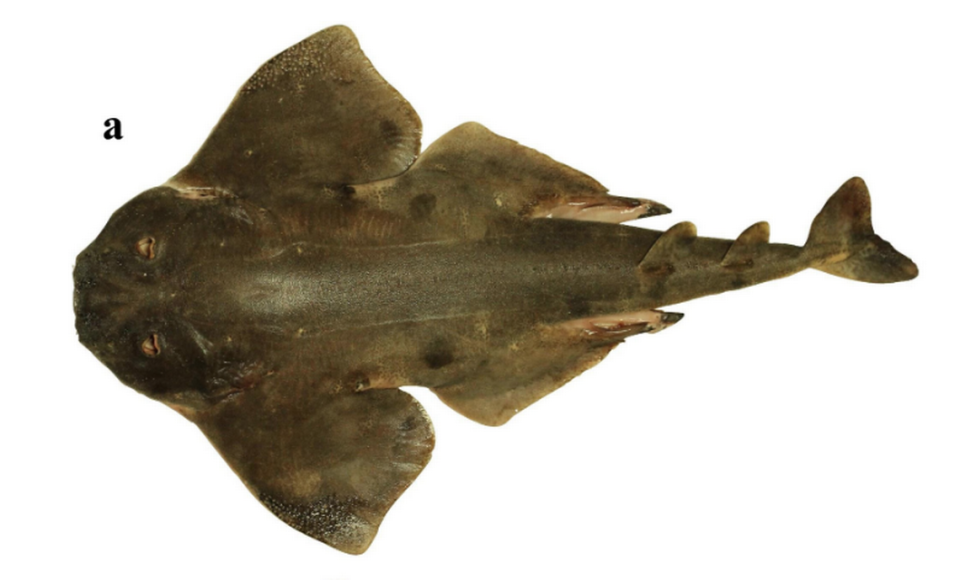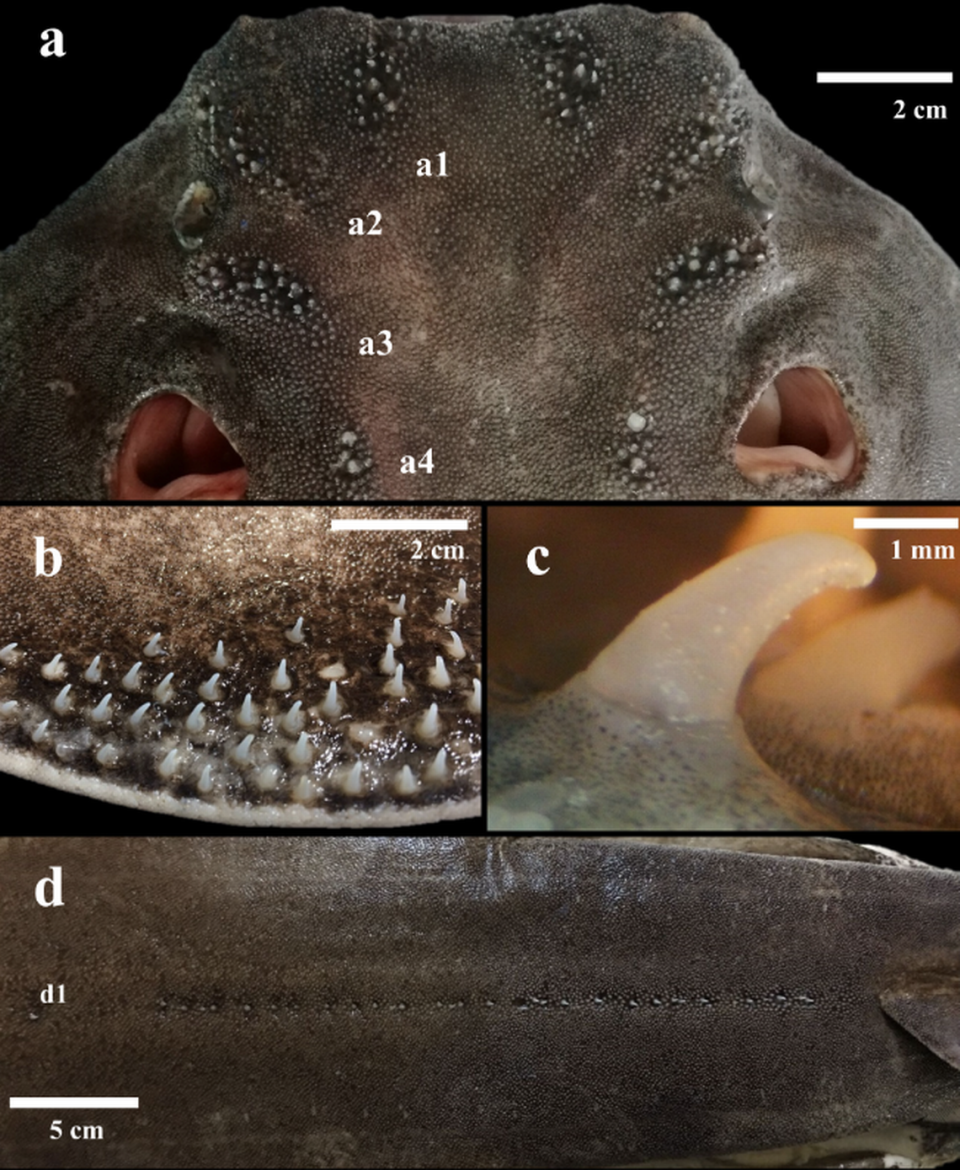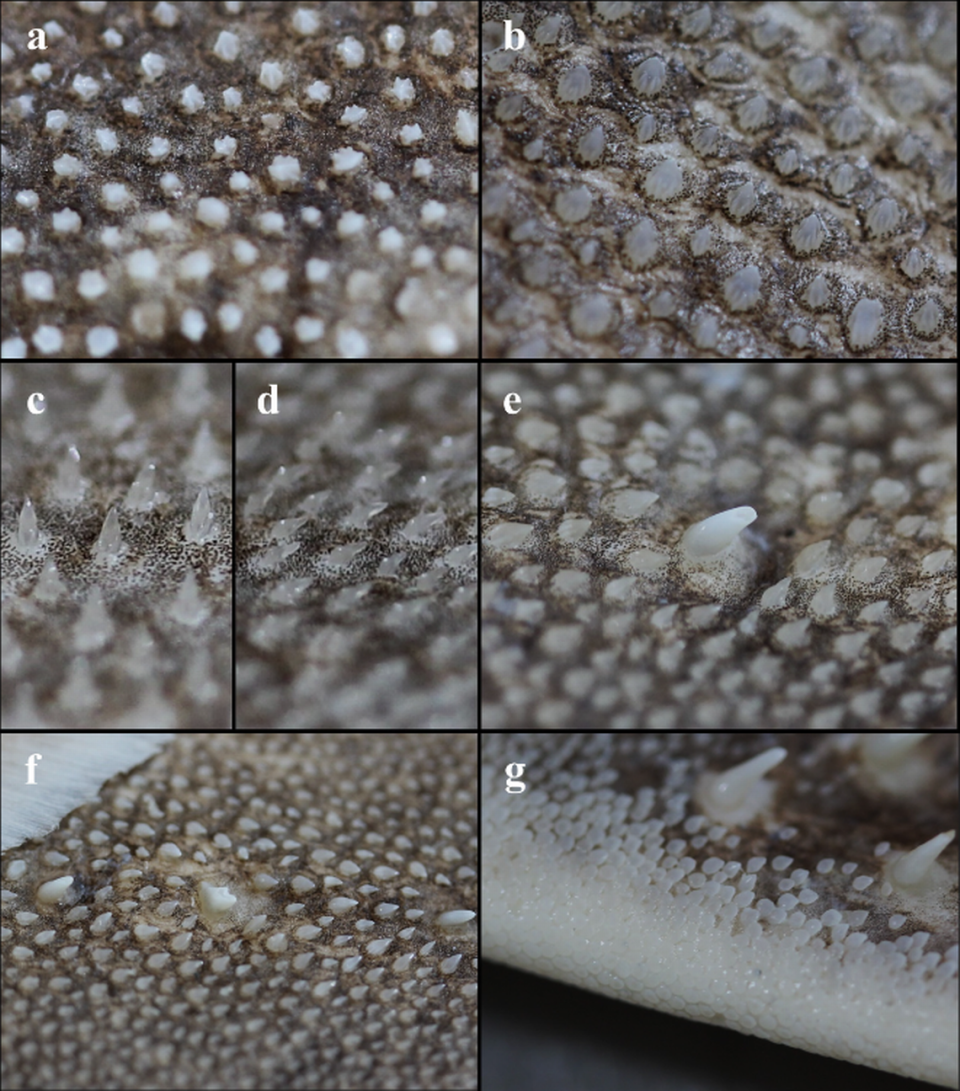Artisanal fishers on the coast of Chile were on the hunt for bony fishes when they dropped their gillnets into the water.
Pulling the nets through the water, something much bigger — and important — landed in the hands of the fishers.
It was a missing species.
In 1887, a researcher published the description of a Chilean angel shark, a small, ray-like shark that lives in shallow coastal waters, but it was incomplete and lacked accuracy, according to an April 25 study published in the European Journal of Taxonomy.

Discover more new species
Thousands of new species are found each year. Here are three of our most eye-catching stories from the past week.
→Volcanic ocean creature — with ‘long’ legs — discovered in Japan. It’s a new species
→‘Flat’-headed creature — with multicolored eyes — discovered as new species in China
→Nocturnal creature — a ‘rapidly-running’ predator — discovered as new species in India
The study author in 1887 supplied only a few body measurements, hardly enough to differentiate the specimen from other closely related species, the researchers said.
Then, the holotype, or collected animal, was lost, and the scientific record of Chilean angel sharks was left empty, according to the study.
A few times through history the sharks appeared in bycatch, or accidentally caught, by fisheries, helping to update some of the basic information about the species, the researchers said, but a complete description of the species was missing.
Then the sharks landed — literally — right in their hands.


Two full sharks and one head of a third were captured by the fishers and frozen, then brought to the National Museum of Natural History in Santiago, Chile, according to the study.
There, the researchers confirmed they were looking at two Squantina armata, or Angelote in Spanish and Chilean angel shark in English.
The sharks are a little more than 3 feet long and have flat bodies that look more like rays than sharks, according to the study.
The sharks also have “enlarged dorsal thorns,” meaning small, sharp “hook-shaped” growths on the top of their heads and on their backs, the researchers said.


Very little is known about the Chilean angel shark, and because of a lack of research and sightings, the species is listed as “critically endangered” by the International Union for Conservation of Nature Red List.
Other angel sharks, like the common angel shark, are ambush predators who lie in wait for small fish, crustaceans, mollusks and cephalopods to pass overhead before they attack, according to the National Ocean and Atmospheric Administration.
They are “nocturnal bottom-dwellers,” NOAA says, and spend most of their life buried in the sand and mud of coastal sediment.
The researchers say understanding and identifying the species is “indispensable” for their conservation, as they are threatened by coastal development, habitat degradation and fishing, according to the study.
“Recent taxonomic studies on angel sharks … with this updated morphological characterization of the Chilean angel shark, questions on geographic range, estimations of abundance, and real incidence in landings can be clarified to ultimately inform better conservation practices of this critically endangered species and other angel sharks on the Pacific coast of America,” the researchers said.
The sharks were caught near Playa Seremeño in northern Chile on the Pacific coast.
Apex predator emerges as boaters stare in awe at fish’s ‘massive bite marks.’ See it
Shark species that may be world’s ‘largest predatory fish’ is a rare sight, NOAA says
Sharks discovered in tidal ponds on popular South Carolina barrier island, town warns
Boaters left with ‘jaws gaping’ as two ‘titans of the ocean’ battle, rare video shows
Source Agencies


